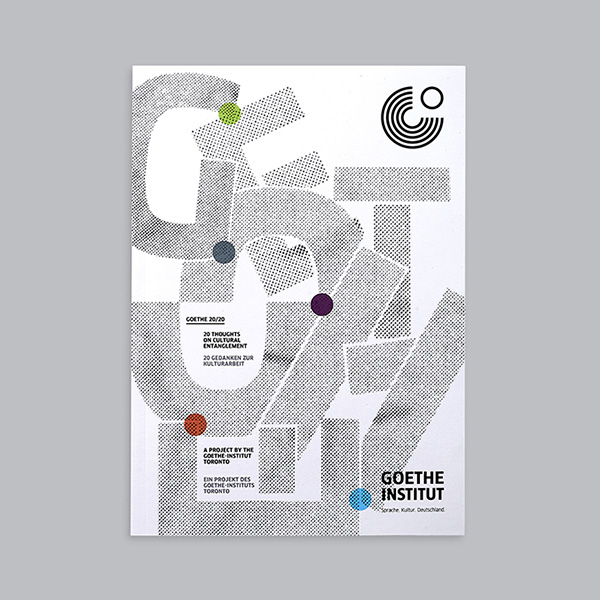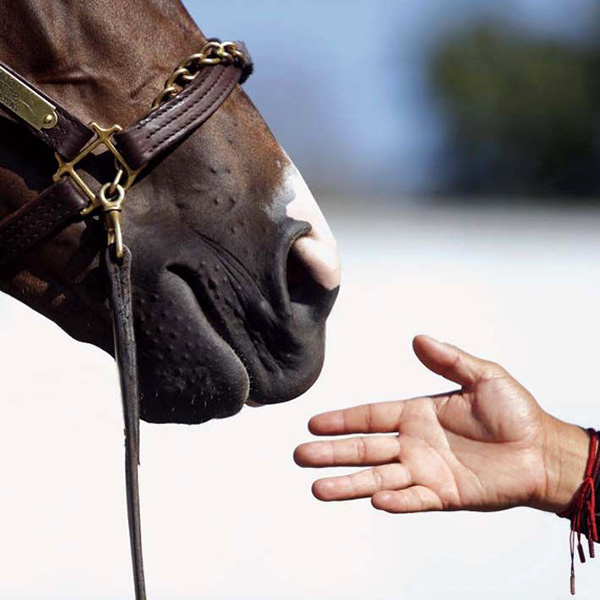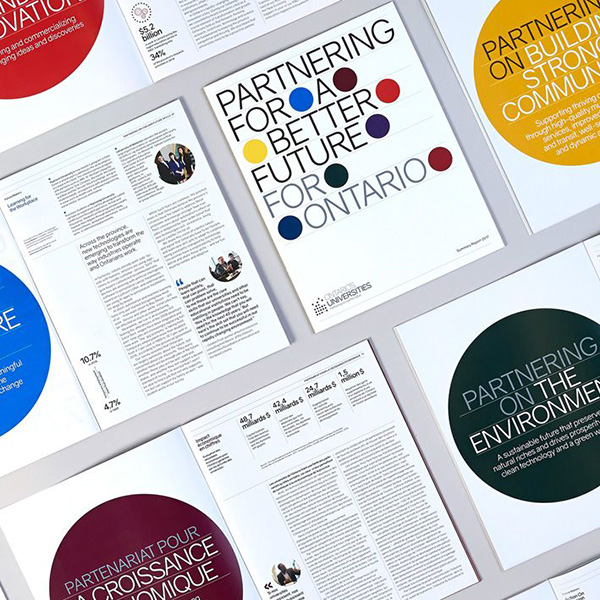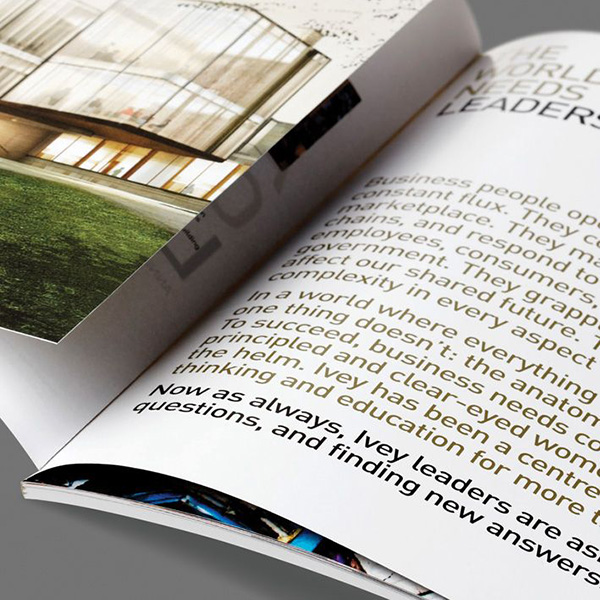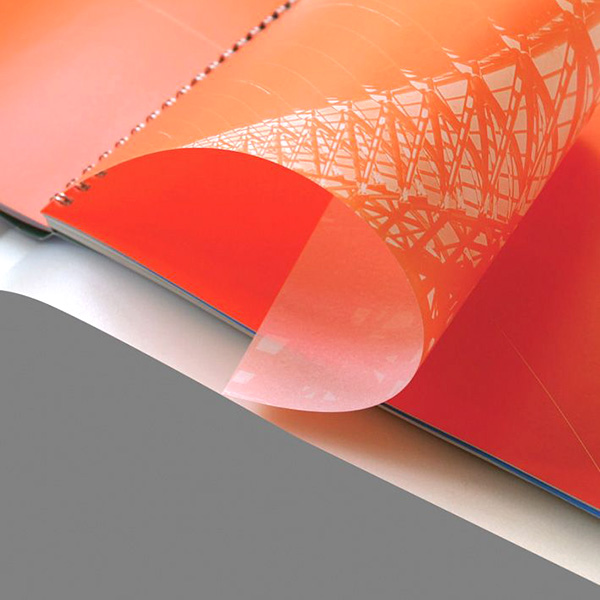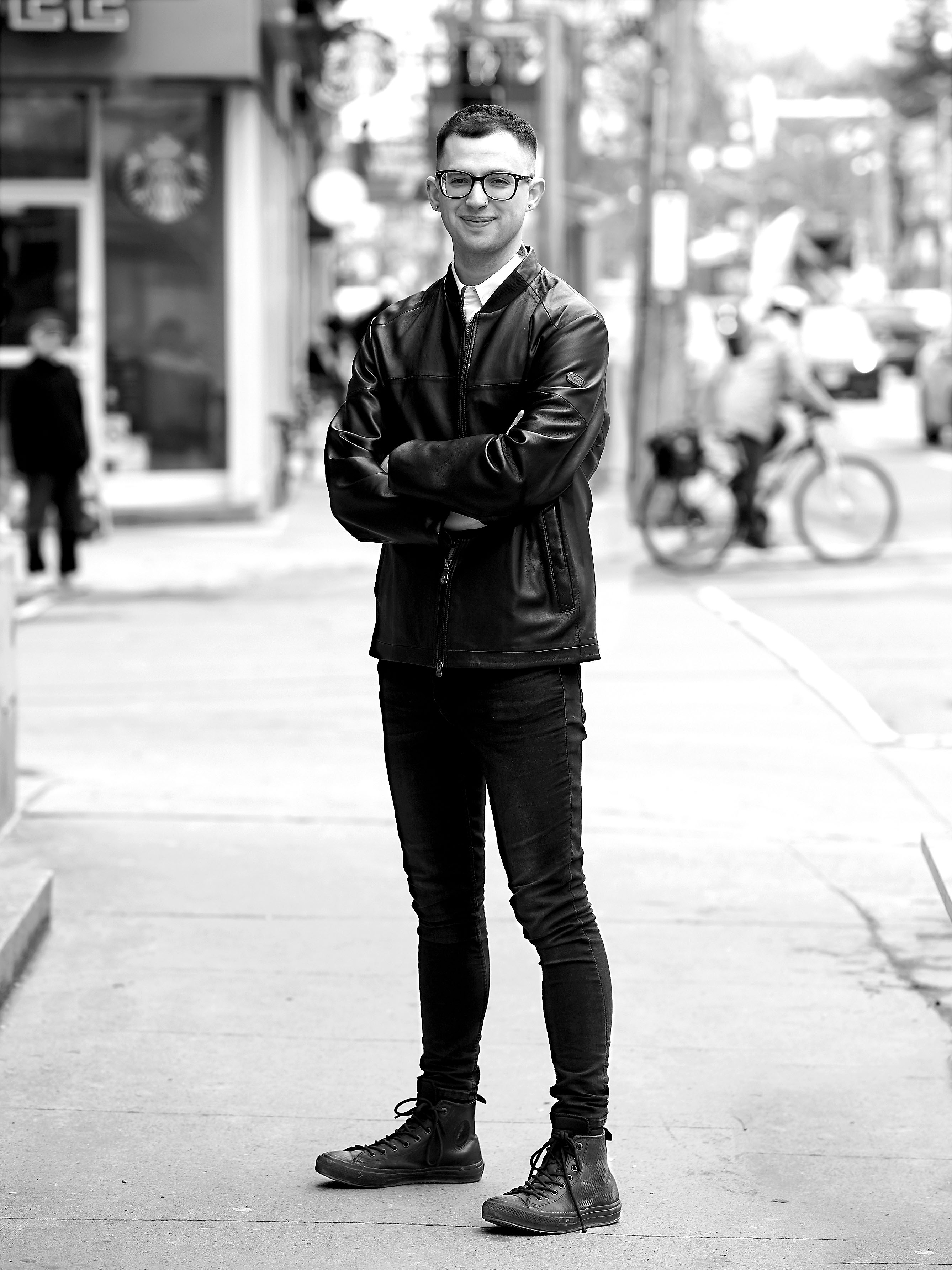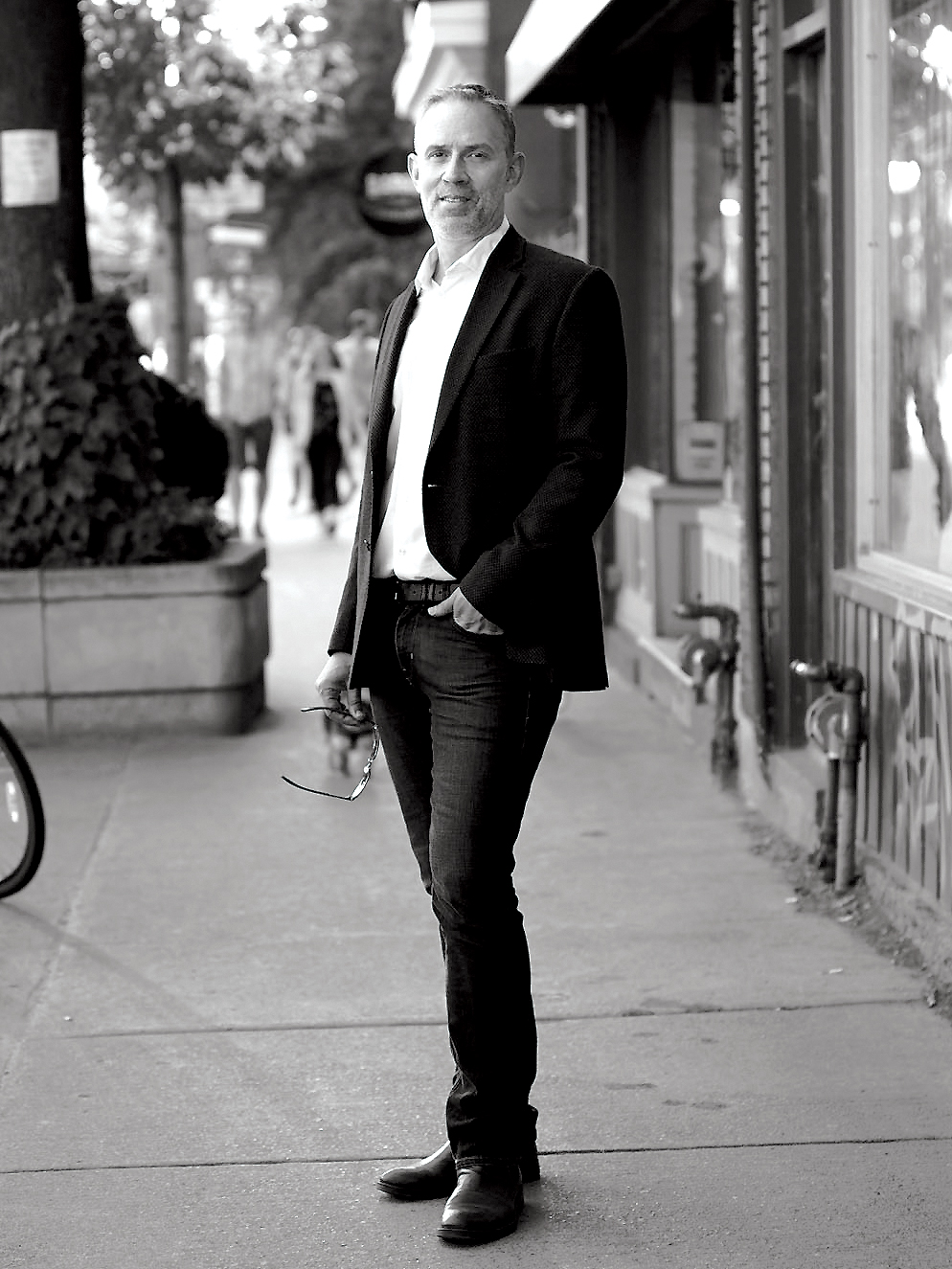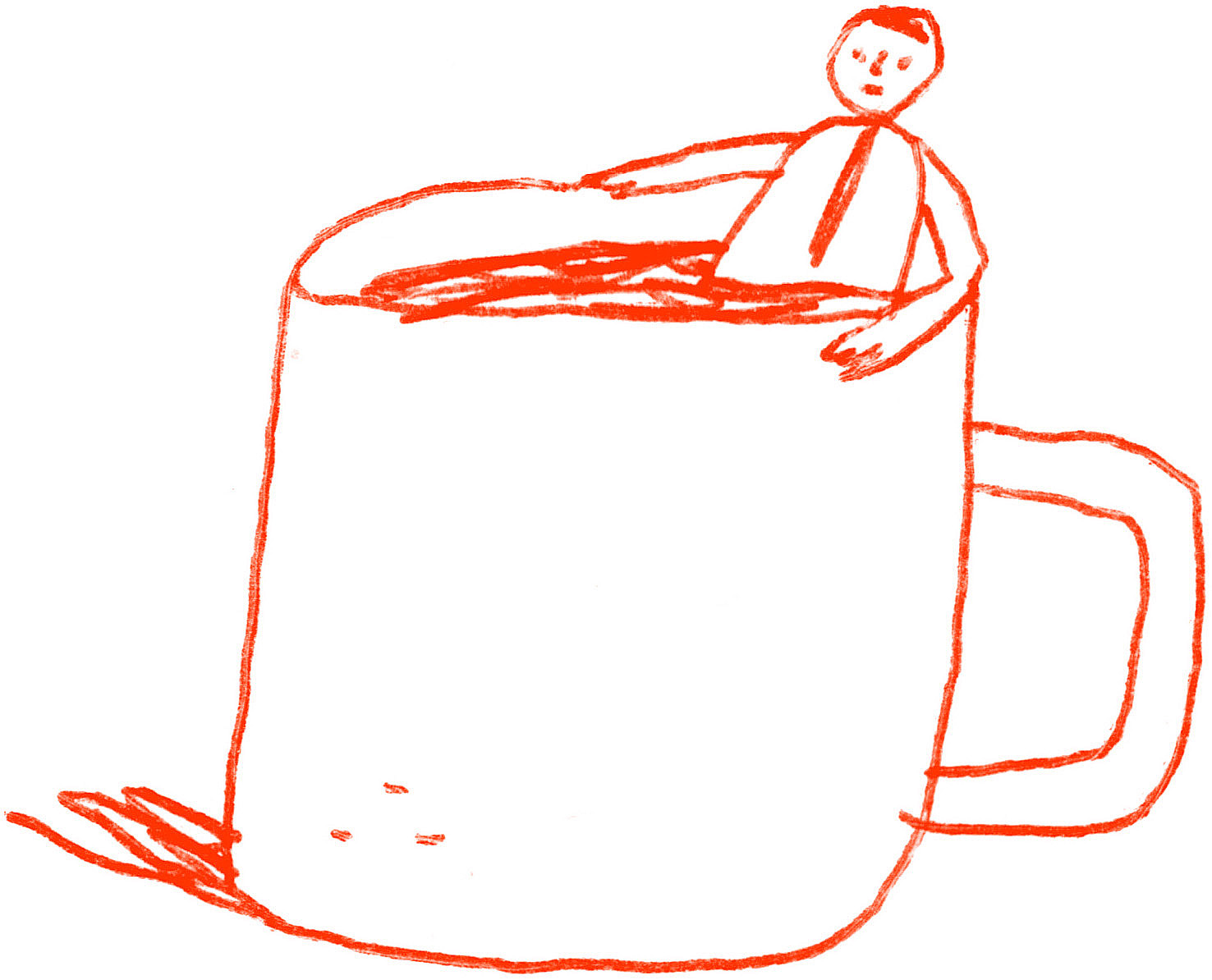value of beauty
“With design becoming more situated in strategy and problem-solving, is there still a place for beauty?” (Yes, of course there is…)
I notice that current conversations about the value of design may be too limited.
Design provides functional value by creating better fit. For example, better fit between brands, products, services and the people they serve. An essential dimension of this value is cultural fit — of which aesthetics is fundamental.
Therefore, think of style as a set of cultural signals. As such, it is a language designers use to help brands differentiate and find cultural fit with audiences — by signalling currency, credibility and association.
For instance, most of us have experienced how style signals cultural association when we were in high school. One would indicate identity with certain youth cultures—stoners, punks or preppies, for example—through their choice of style in fashion and music.
With aesthetics being linked to cultural identity, it’s natural for style to act as a beacon for people of like values. Designers have an intuitive grasp of this, and therefore draw from culture to help brands achieve better fit with people.
Recently, we helped the United Way revive an aging fundraising event by tapping into the aesthetic vernacular of its cosmopolitan target audience.
Prior to our involvement, any sense of cultural relevance was missing from event branding and marketing, a potential factor leading to declining participation. Once we reframed the event within the aesthetic sensibilities of the target culture, the United Way realized a 27% spike in event participation.
So while design may provide value in strategy and problem solving, its capacity to use beauty to enhance cultural fit is a contribution that cannot be overstated.







